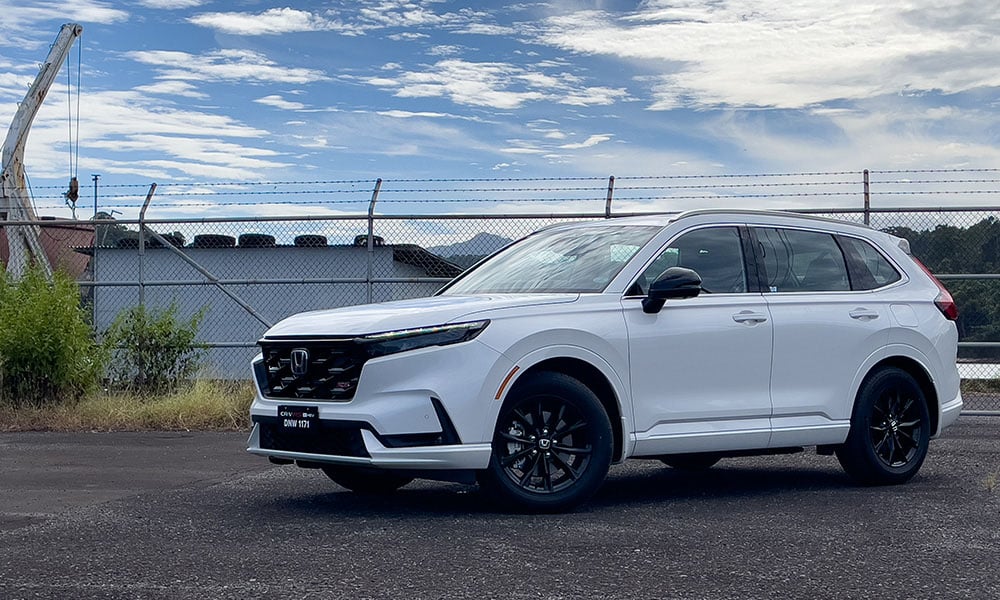
The CR-V is Honda’s most important product. The crossover is the Japanese brand’s best-selling model globally, though it may not be the same story here in the Philippines.
That is why Honda can’t mess things up with this legendary nameplate. Here in our country, the outgoing model started a renaissance for the vehicle.
While all of the CR-Vs have been received well, only its fifth generation stirred the market as well as the first two generations had done. Having seven seats and a diesel engine for the first time around, it convinced Filipinos to snag it up, and it instantly became one of Honda Cars Philippines’ bestsellers.
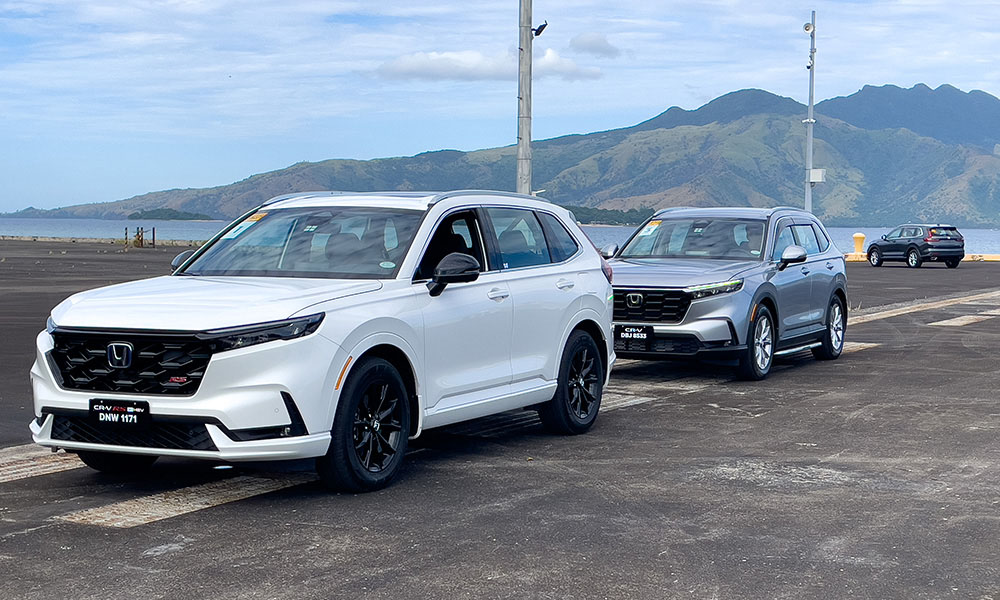
The same could be said about this sixth-generation model, too. Believe it or not, HCPI has sold over 400 units just a couple of months after its launch. But it is worth asking: What makes the all-new CR-V so appealing to buyers? Is it as good as advertised?
Honda invited us for a two-day media drive to try all three variants: the V Turbo, the VX Turbo AWD, and the RS e:HEV. There, we found the answers to those questions.
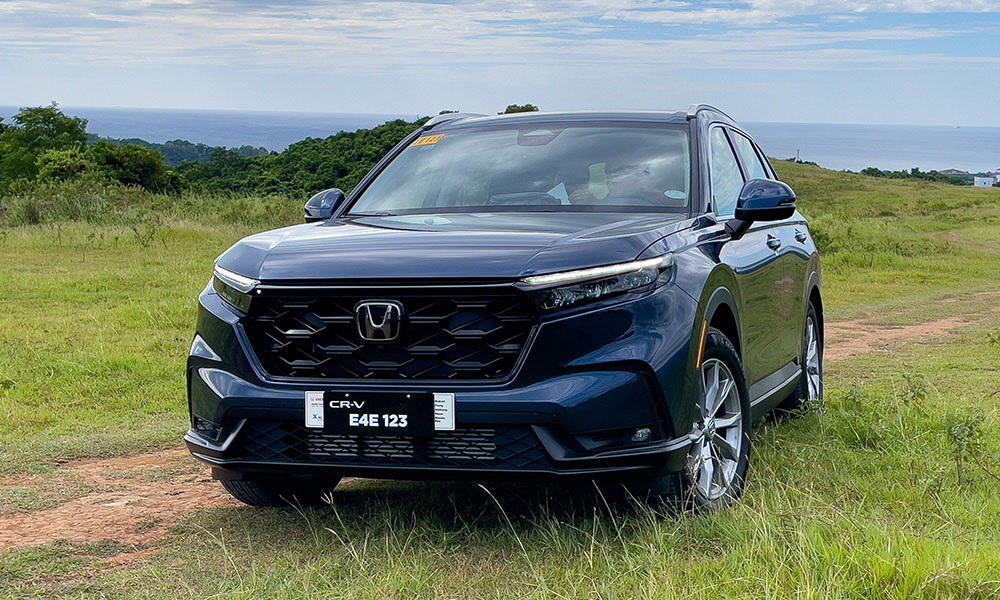
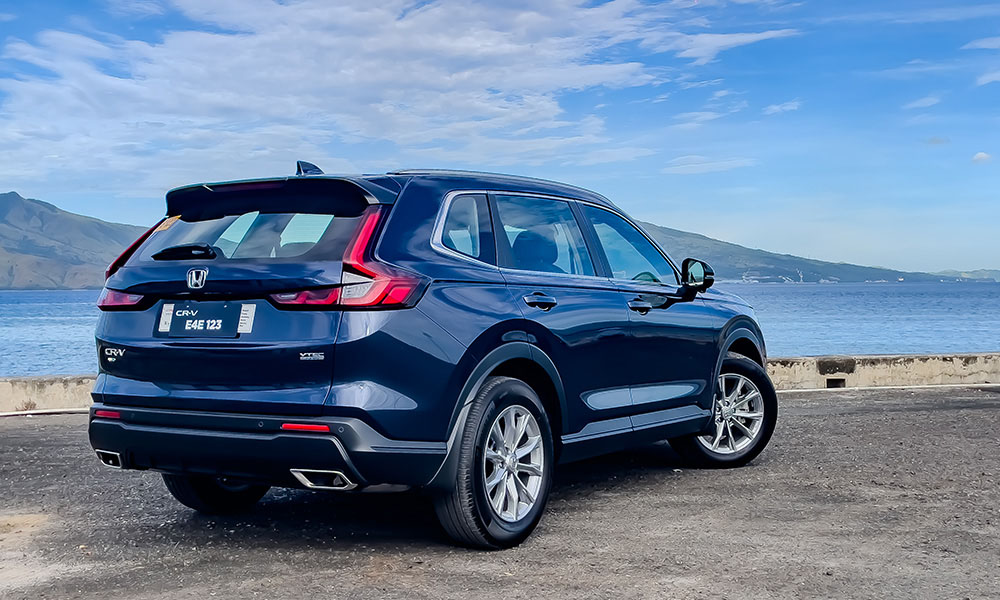
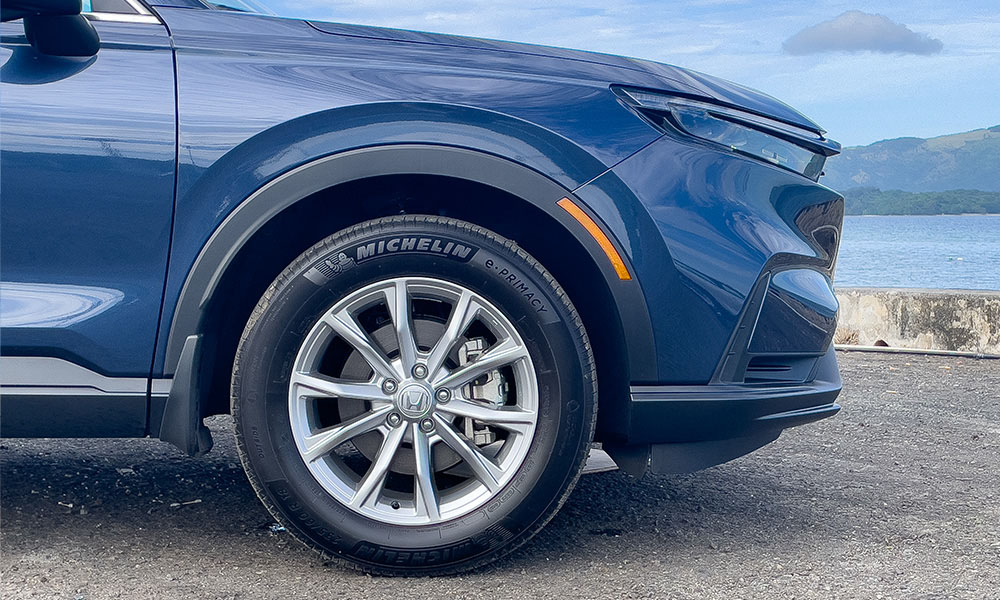
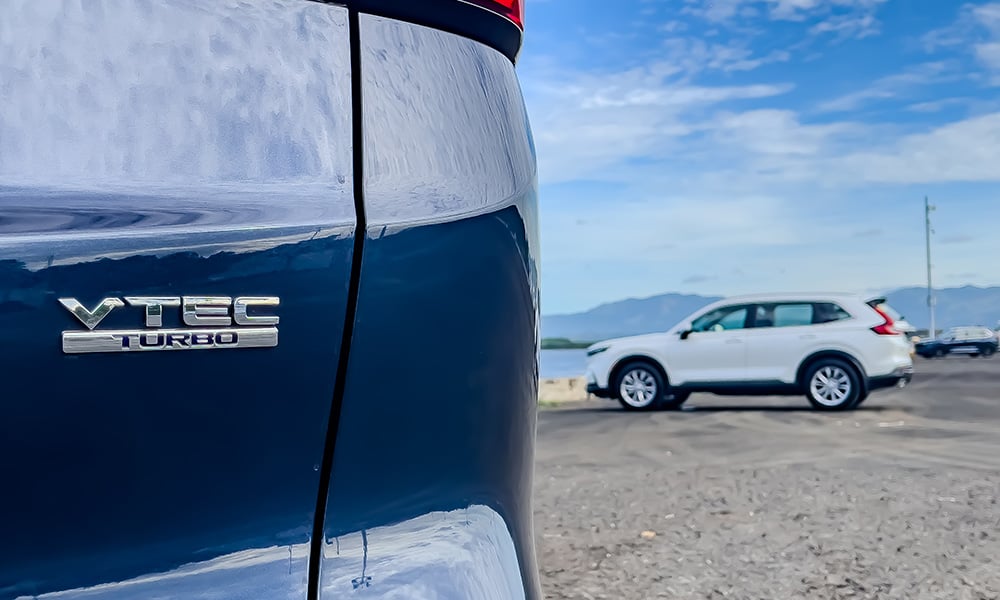
First, the all-new CR-V is arguably the best-looking iteration yet. It doesn’t call attention to itself, but it will elicit double-takes from onlookers.
It’s the fusion of minimalistic styling and great attention to detail that got us loving the way it looks. Honda’s designers have perfectly nailed the exterior design, simply put.
The same can be said about the interior. The interior mostly looks like the one on the Civic, so you get a very familiar cabin. The automaker pulled out all the stops to make all the occupants feel at home.
Plus, there is no shortage of all the creature comforts you can think of.
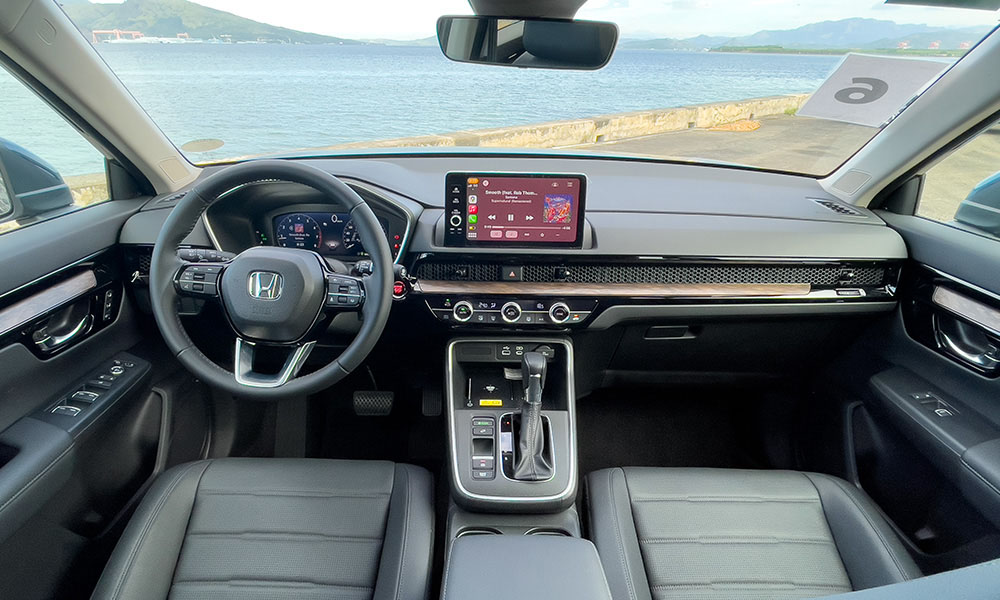
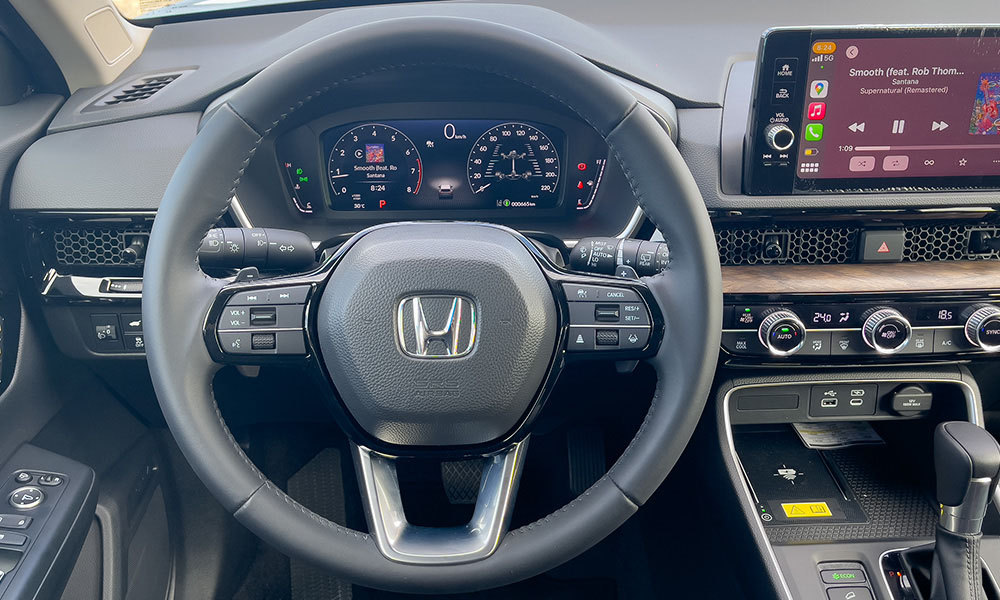
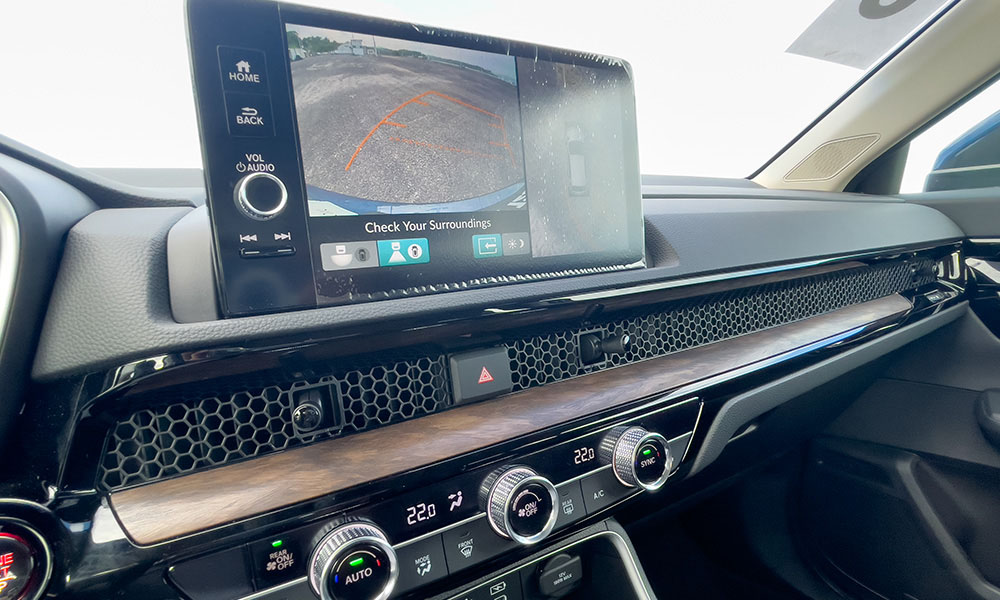
All these make for a comfortable vehicle that’s easier to operate. After all, isn’t named the comfortable runabout vehicle for nothing.
But the best bit of the all-new CR-V is the driving experience. During our two-day drive, we stretched the crossover’s legs.
The 1.5-liter, 190hp turbo engine gives the petrol variants that much-needed punch thanks to 240Nm of torque. Acceleration is quick, and the power delivery is buttery smooth—something that could be attributed to the use of an e-CVT.
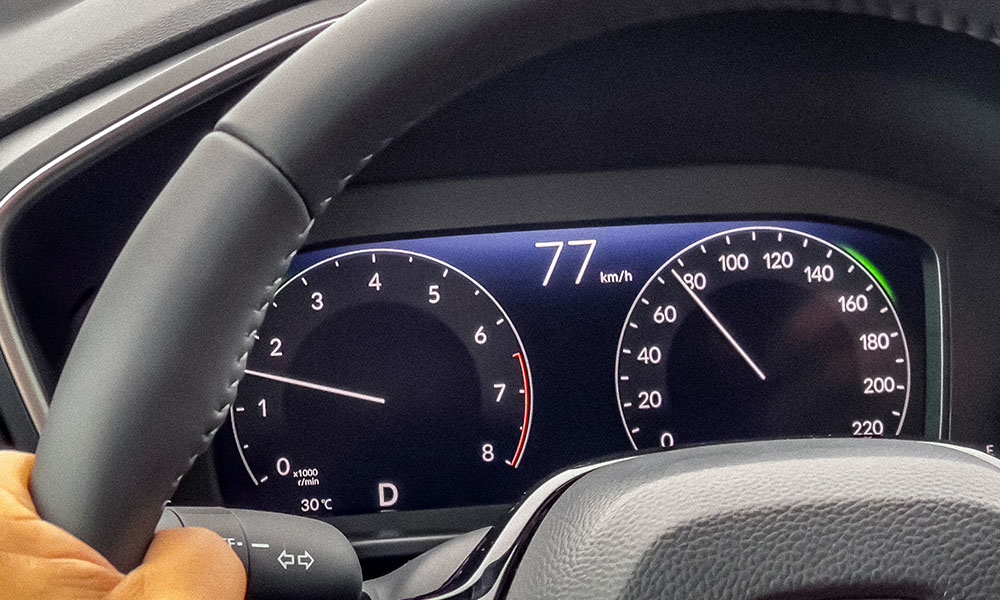
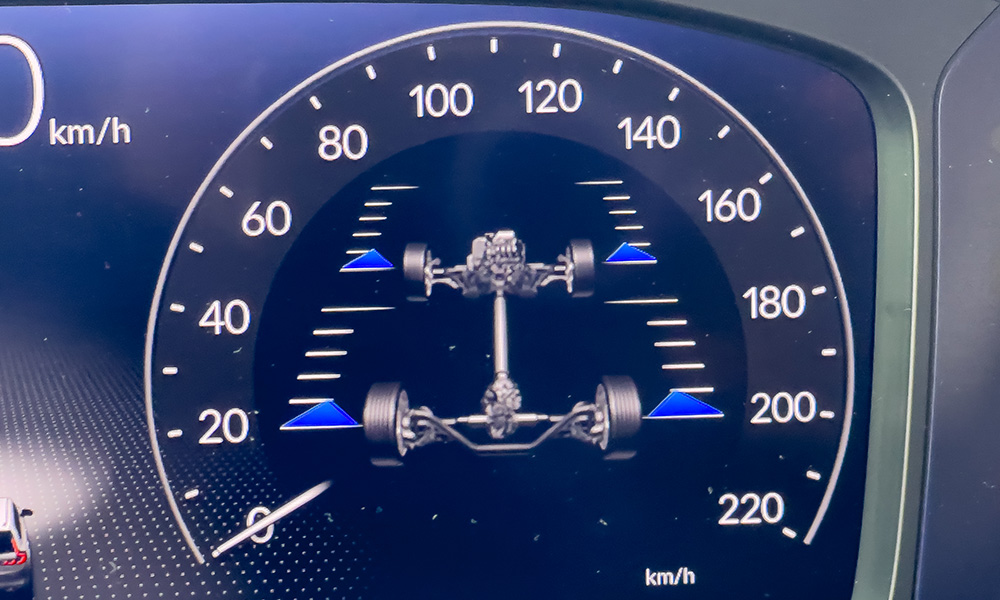
I particularly loved the reworked all-wheel drive system on the VX Turbo AWD. It just feels peppier, eager to follow your every whim. I was wondering what Honda did here.
It all started making sense as I looked at a display on the instrument cluster, showing how the new all-wheel drive system works.
Unlike old implementations, power is sent to the back (the system is still front-wheel-biased) in more instances, without slippage of the front wheels. It enables the vehicle to get up to speed effortlessly, and does wonders with the handling, too.
This system can help boost one’s confidence while driving, like in situations where grip can be a little bit harder to come by. This explains why more people got this AWD Turbo variant so far.
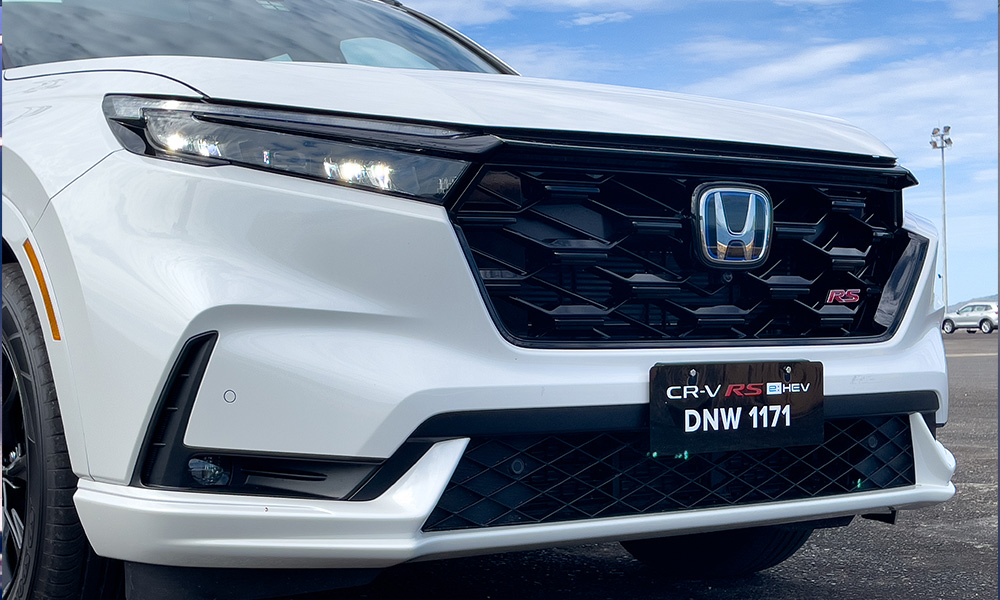
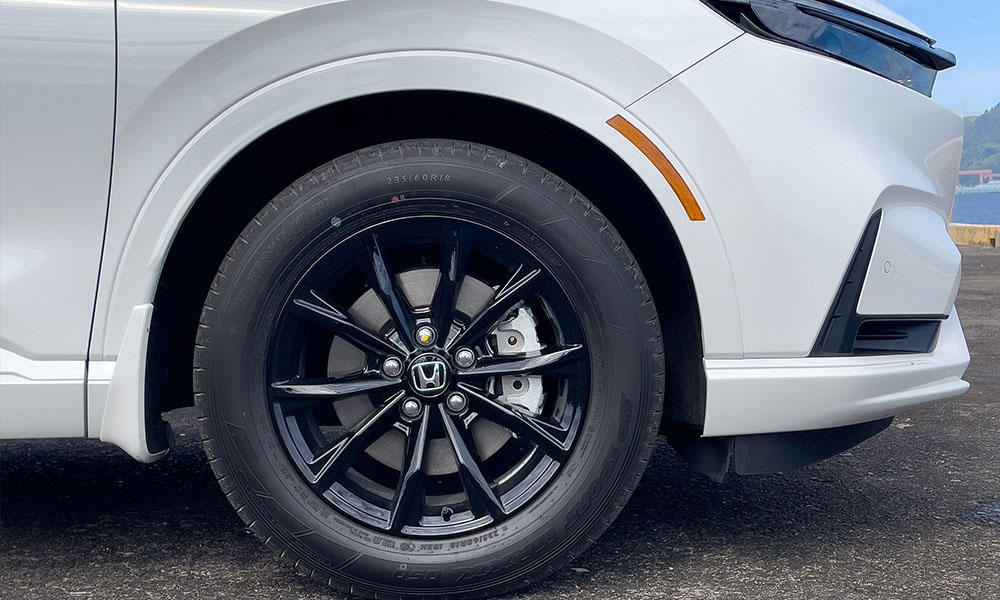
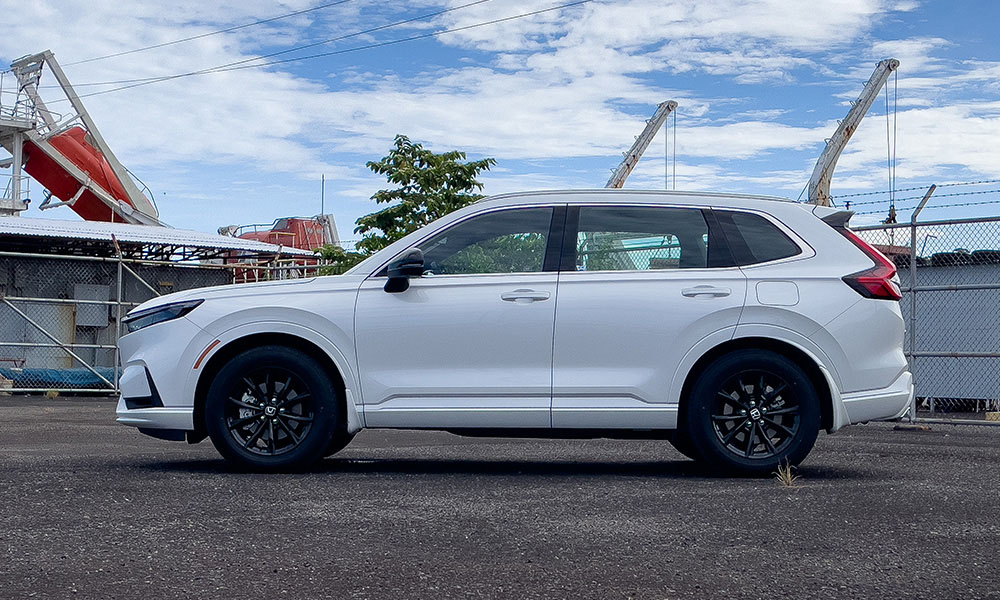
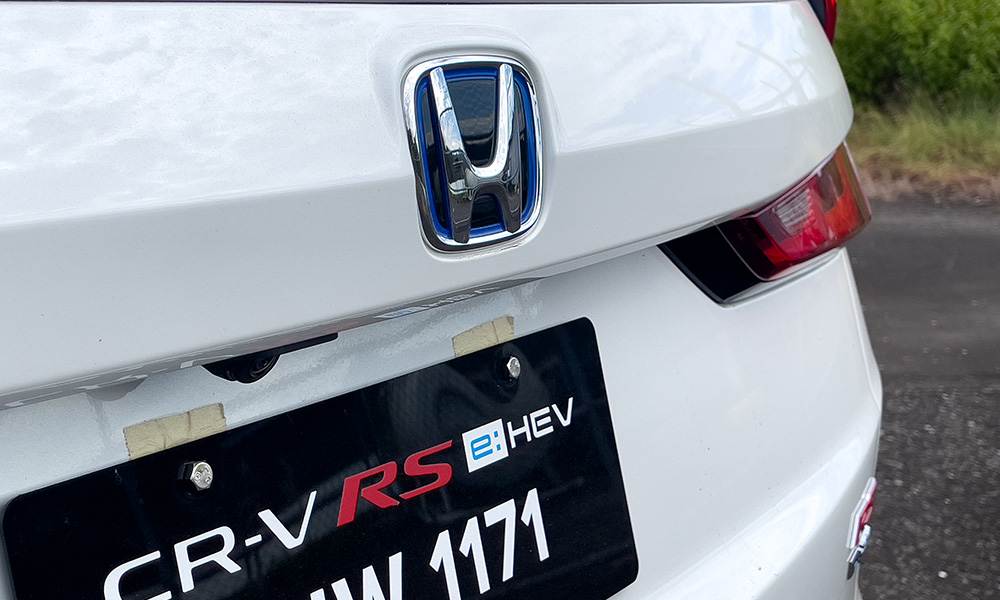
Most of the participants (including myself) were scratching our heads as to why Honda named the front-wheel-drive-only hybrid version as the model’s sportiest variant. But things made sense when we started driving the RS e:HEV.
Despite having an e-CVT, most of us agreed that the hybrid felt like one with a conventional automatic.
The secret was Honda’s use of a high/low clutch that maximized the potential of two electric motors working side-by-side with the 2.0-liter normally aspirated engine.
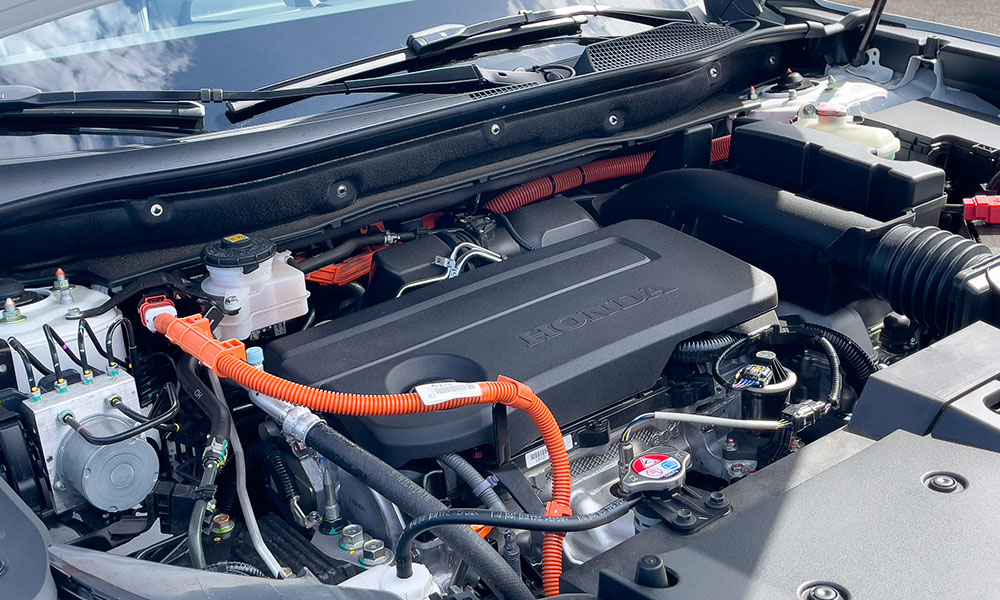
Combined, this powertrain delivers much low-end grunt, but is still capable of working in pure EV mode at highway speeds. This explains why the group was still able to post almost 20km/L consumption on NLEX and SCTEX.
During my time with the RS e:HEV, I was running on pure EV mode for much of the time, even though we were driving up a twisty mountain road on our way to Rancho Bernardo in Bataan.
The internal-combustion engine only kicked in when the juice in the lithium-ion batteries had been used up.
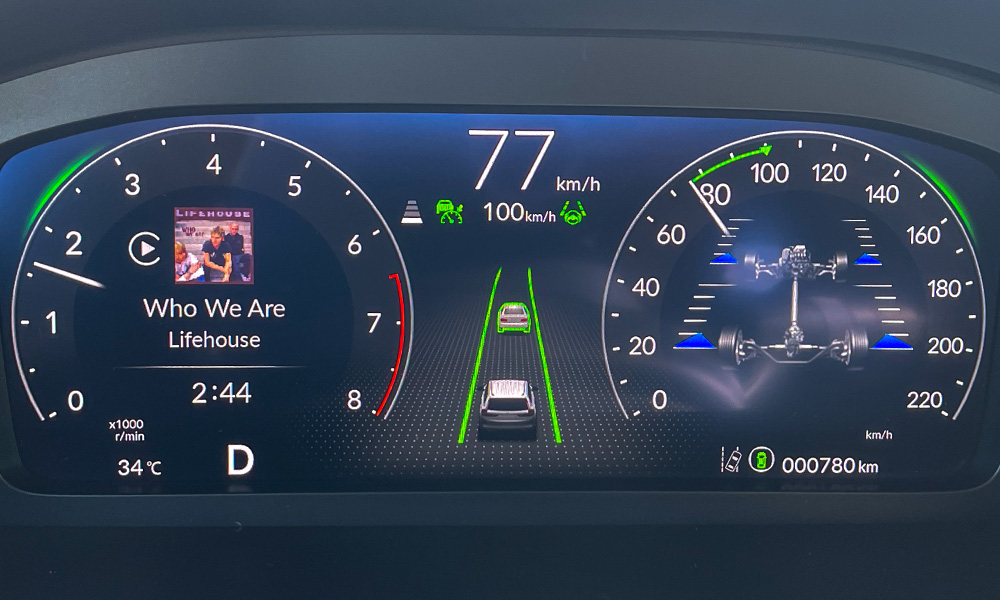
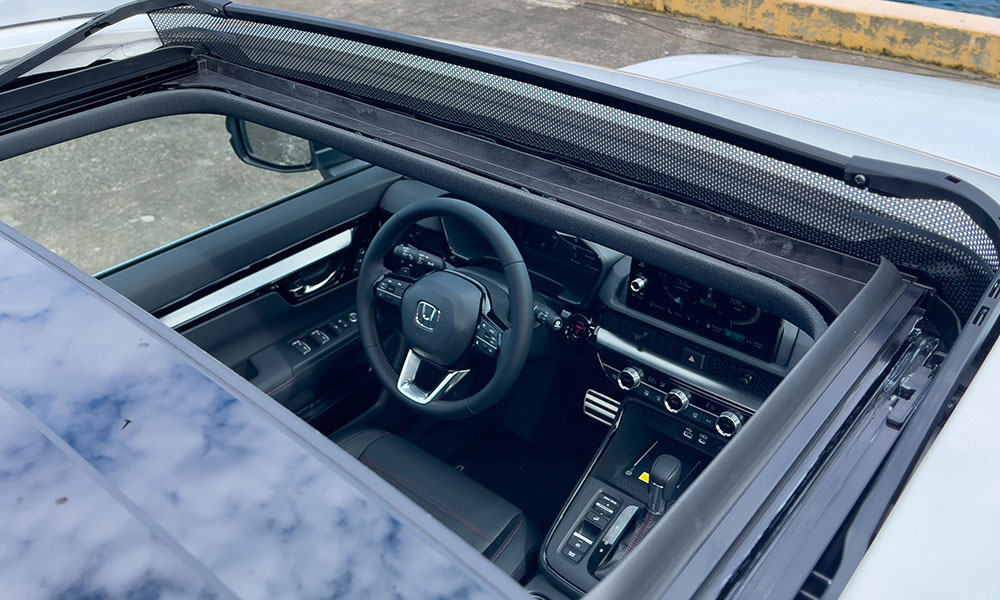
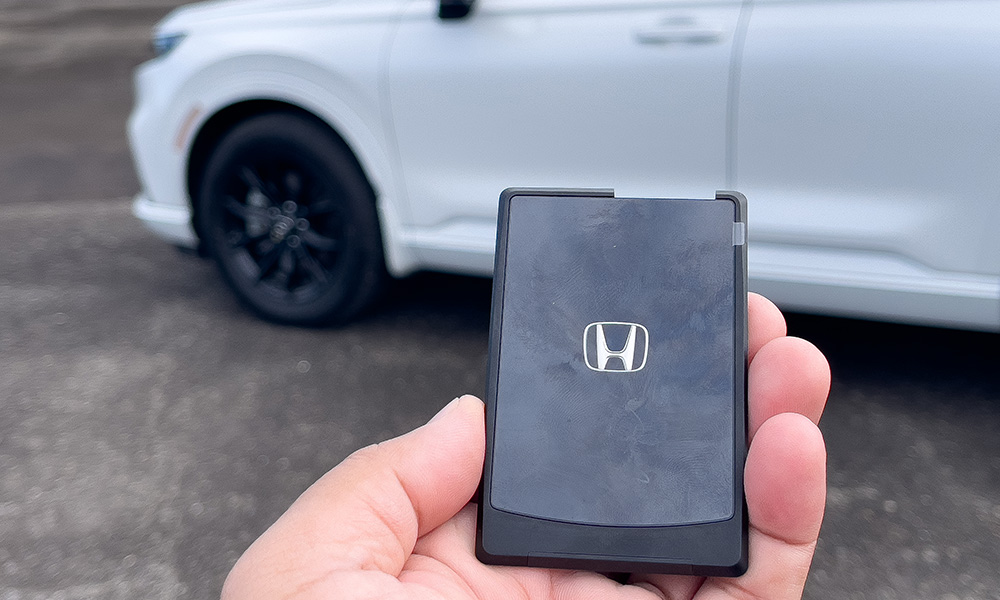
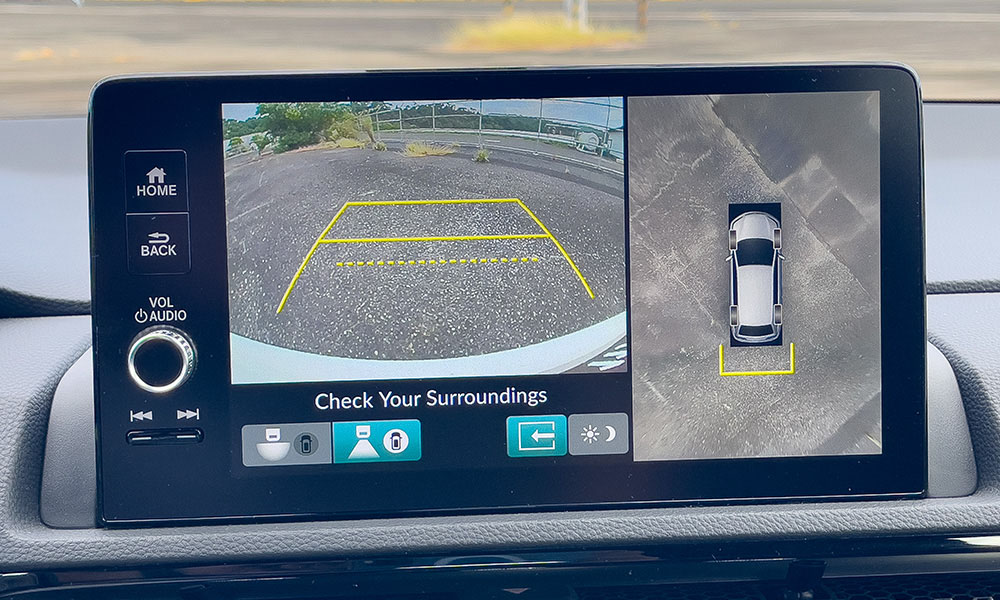
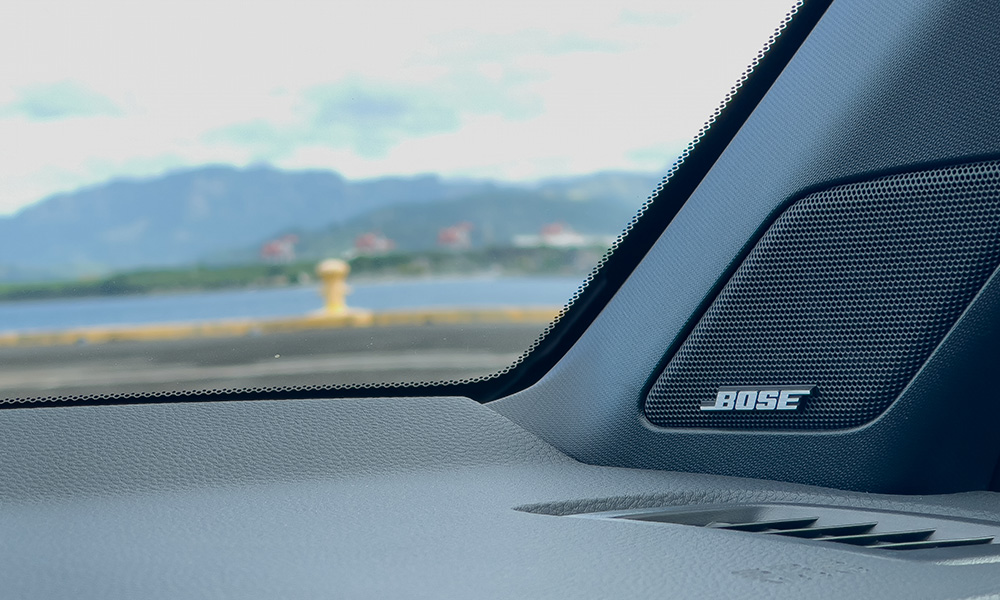
I am still waiting for a proper test drive to see how economical the hybrid can be since we were pushing the test units during the entire drive.
But as early as now, I can confidently say that the system offers one of the more satisfying drives, compared to the crop of hybrids in the market today.
We may have lost the frugality of the i-DTEC diesel engine here, but I must say that the hybrid doesn’t make me miss it at all.
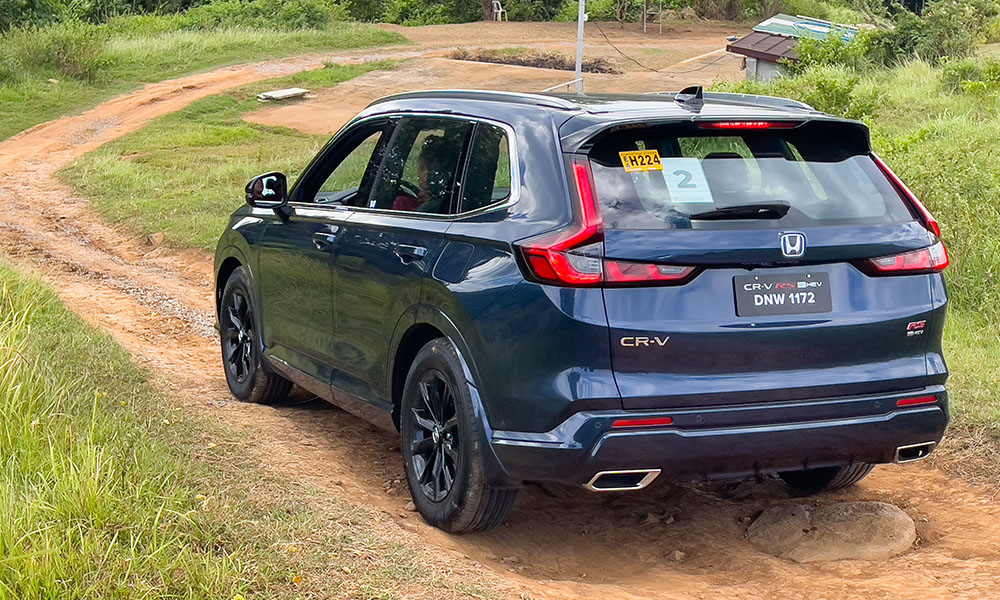
The ride is not harsh nor floaty. Even on poorly maintained roads, the dampers did a great job of ironing bumps, and the vehicle still gave a good feeling of the road beneath you. Even when loaded with four adults, the suspension handled sudden dips and road imperfections with confidence-inspiring handling and comfort.
Completing the experience are the suite of Honda Sensing features and the convenience of the new Honda Connect functionalities. The CR-V is one of (if not) the best compact crossovers in terms of driving fun, comfort, and practicality.
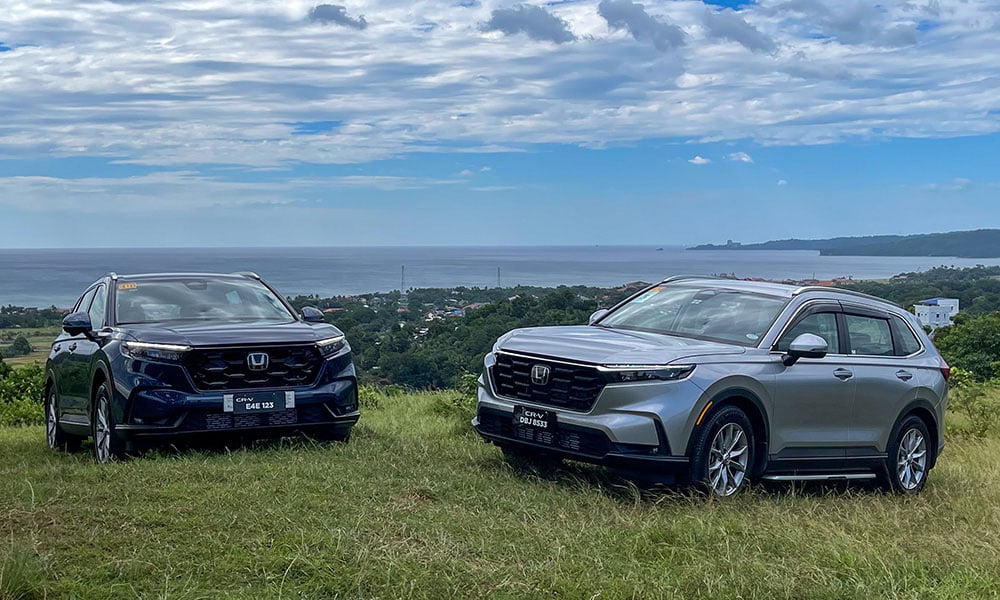
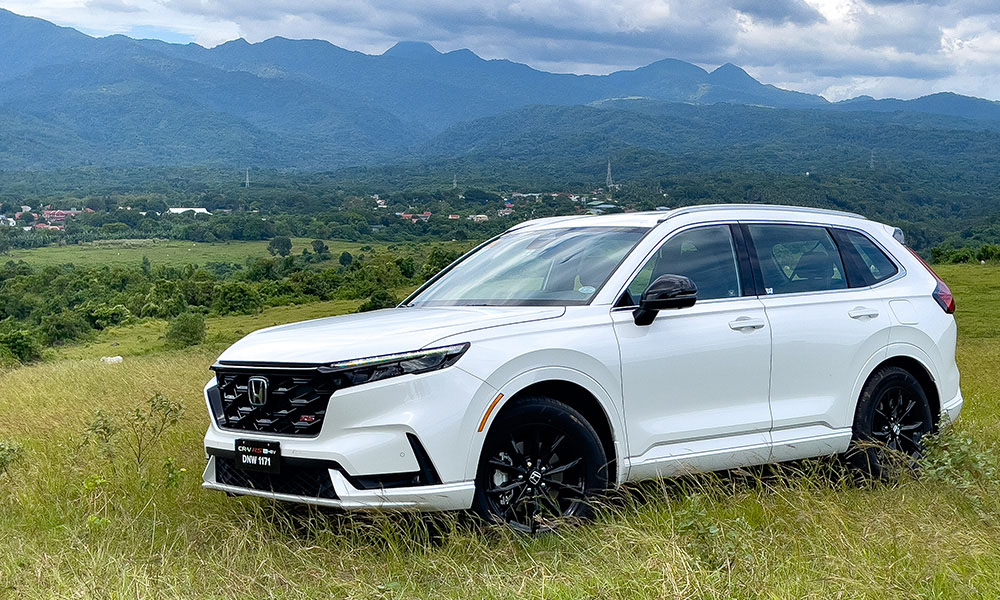
The all-new CR-V starts at P2,100,000 for the V Turbo CVT. The midrange VX Turbo CVT AWD sells for P2,280,000, while the RS e:HEV can be had for P2,590,000.
While it is a bit more expensive than the older model, the all-new CR-V offers a great new experience, making it seem like a bargain.
We can’t wait to do our proper review to know the all-new CR-V better. But as early as now, we understand why the allocations for Honda’s newest compact crossover are constantly running out.

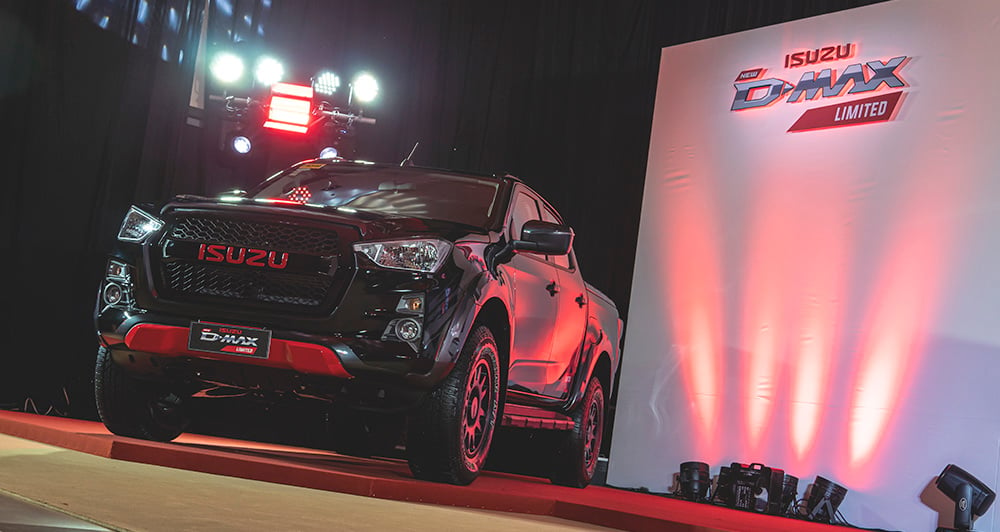
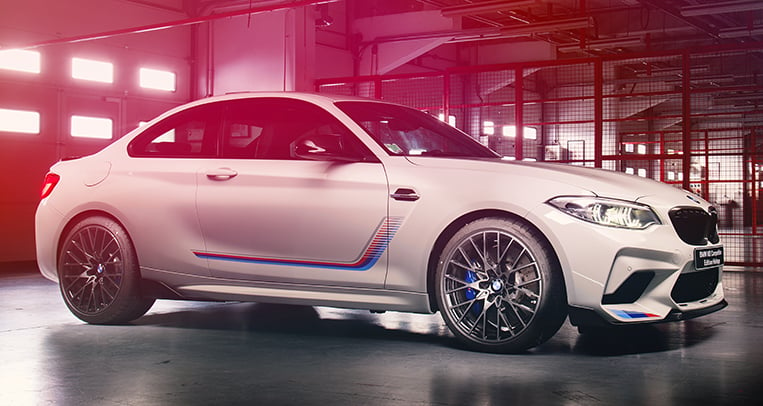
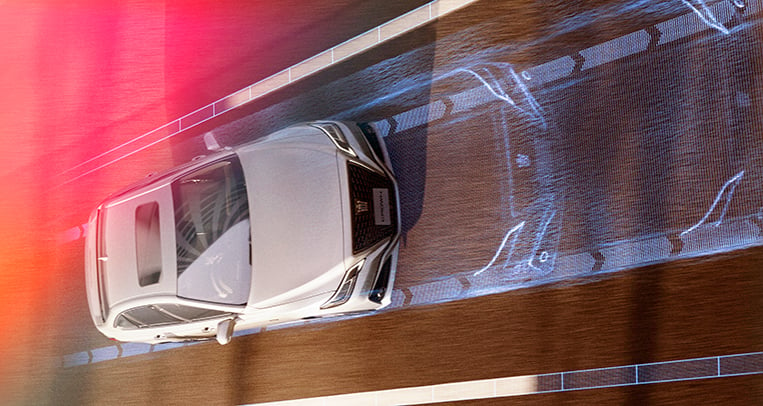
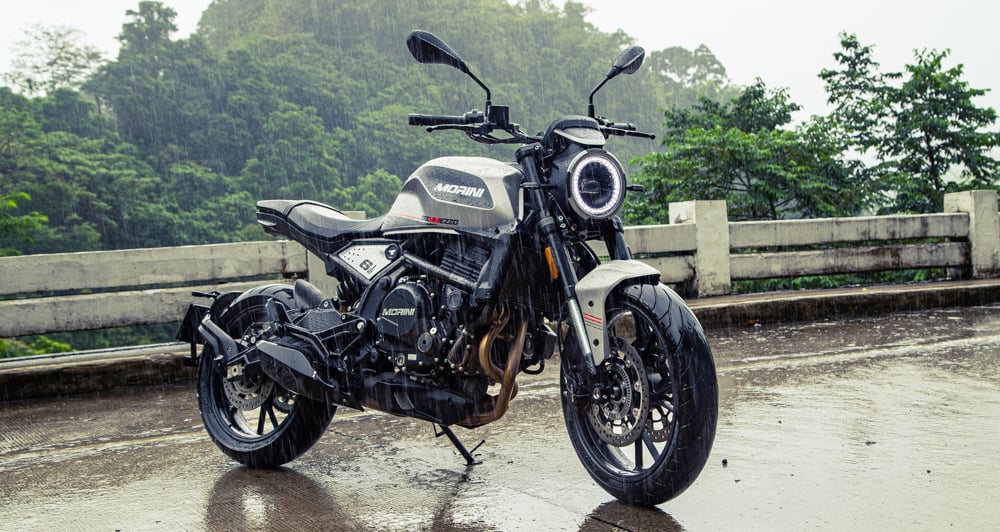
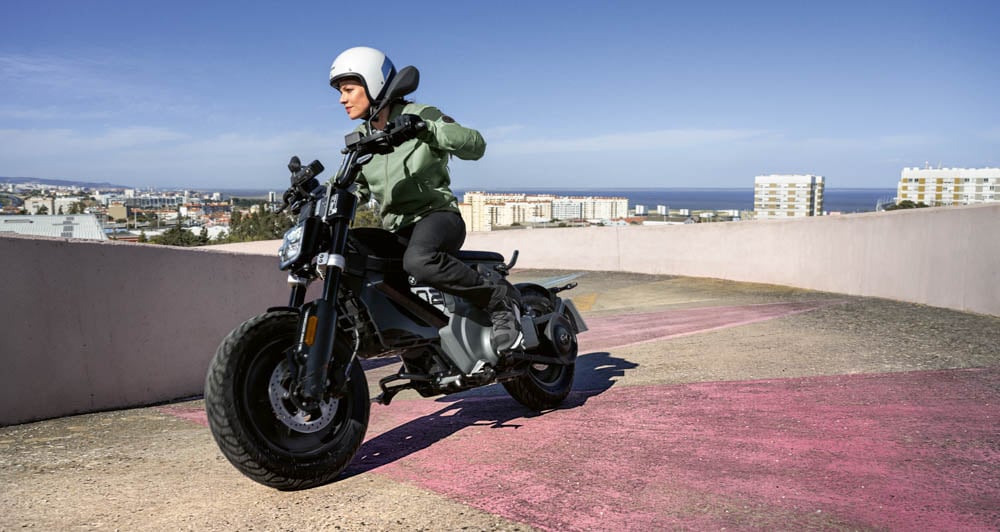
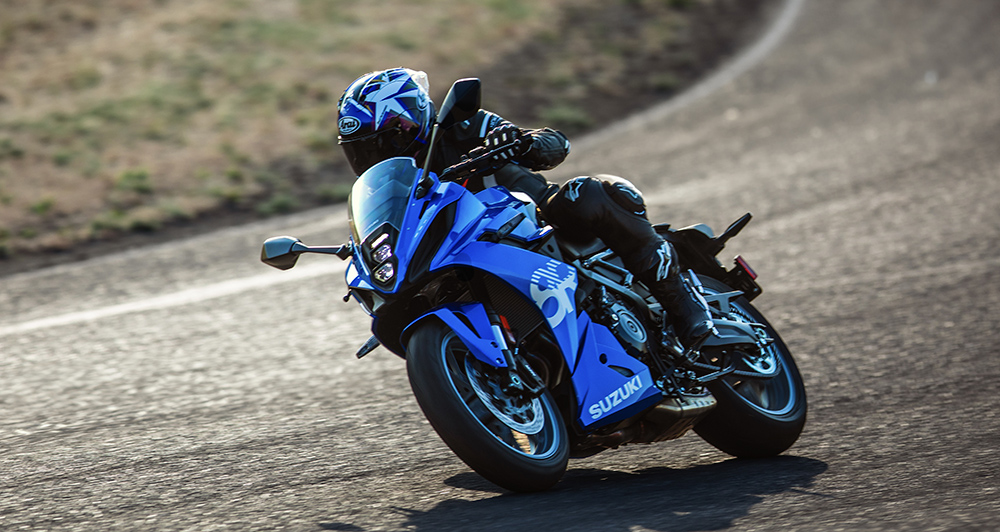
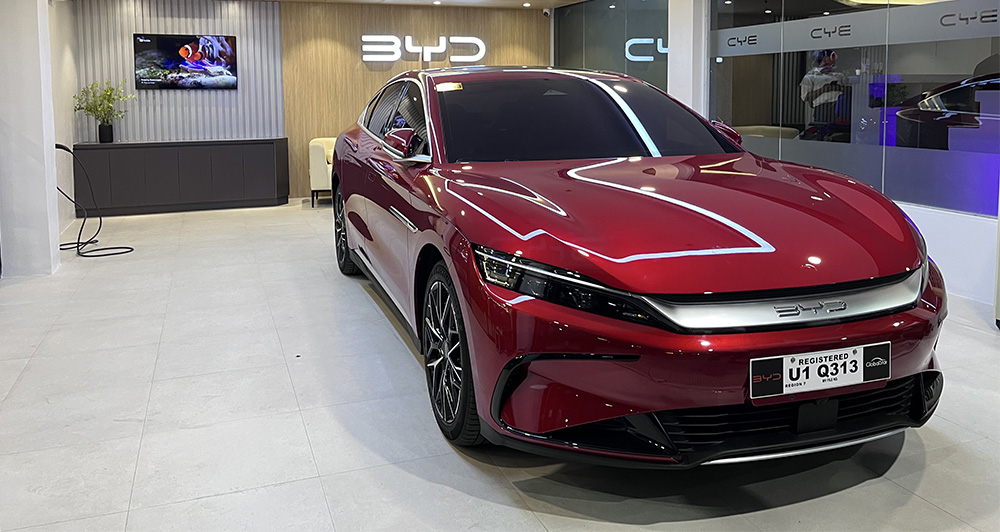

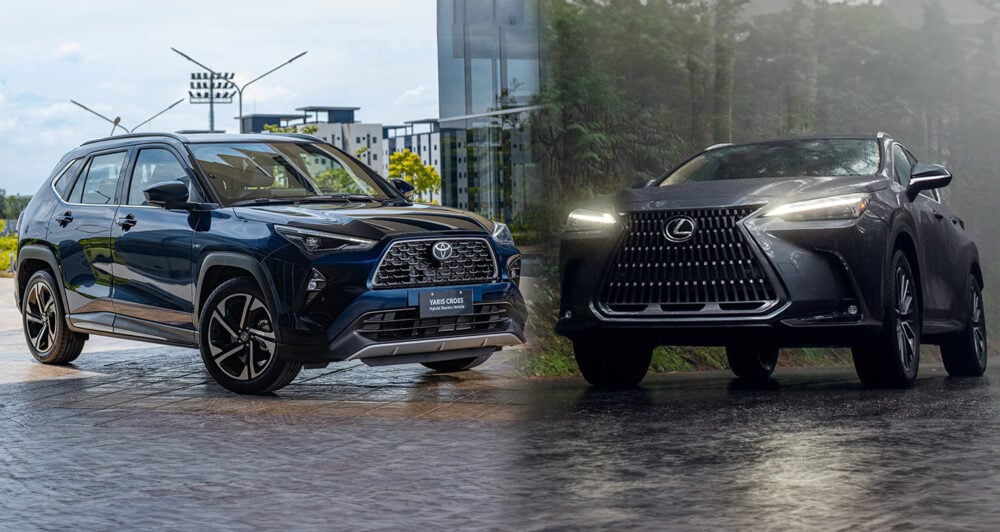

Comments